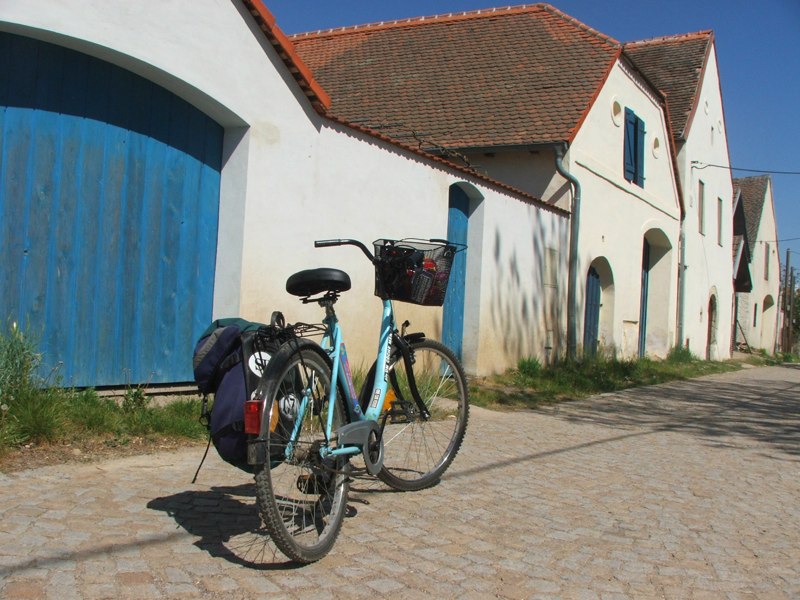More and more local communities across the globe are struggling to maintain the uniqueness of the places they live in and at the same time to balance this with their economic development. Ecotourism may serve as a tool for enhancing quality of life, increasing opportunities for environmentally responsible economic development, and conserving fragile natural resources, cultural heritage and landscapes. At the grassroots level ecotourism is a tool to foster economic development based on local resources, improve the livelihoods of local residents and at the same time strengthens cultural and social identity and sense of a place.
text ©Dominika Zaręba
Local community-based stories
Several examples below explain how local communities across Central and Eastern Europe (CEE) over last two decades have been trying to link sustainable tourism development with protection of the uniqueness of the places where they live. Case studies of community-based initiatives illustrate the grassroots movement based on cross-sector partnership of community leaders, NGOs, governments, entrepreneurs, schools, cultural centres, protected areas administrations and other stakeholders.
White Stork Trail – the ecotourism product of northeastern Poland
Northeastern Poland may be viewed as the “cradle” of Polish ecotourism, with the Podlasie White Stork Trail as a magnificent example of a supra-regional ecotourism product. The 412.15 km long heritage trail, which forms part of the Greenways routes, links four spectacular national parks (Białowieża, Narew, Biebrza and Wigry NP) and is distinguished by the huge stork populations nesting in the valleys of the Narew and Biebrza rivers as well as over 270 other species of wetland birds. The idea behind the trail is to build a cross-sector partnership between the tourism sector (agrotourism farms, local restaurants, travel and active tourism agencies), local governments, NGOs and administration of protected areas in order to build the ecotourism and active tourism offer based not only on the well-known attractions presented in and around protected areas but especially on the heritage of small (undiscovered) towns and villages outside main tourism destinations. The trail’s main axis is marked as a bicycle route, but in many places it is also possible to rent kayaks, swim a traditional row boat (called “pychówka”), ride on horseback or watch and take pictures of birds and other animals (such as elk, beavers etc.). The heart of the trail is in the European Stork Village – Pentowo, where as many as 36 occupied stork nests can be found in a single agrotourism farm with a hundred-year-old wooden manor house on the bank of the Narew river.

Railroad bikes in Bieszczady Mountains, The Carpathians, Poland
In 2000, local partnership group from southeastern Poland (Bieszczady Mountains) started a program called Green Bicycle in order to support local community green tourism and heritage initiatives around the Eastern Carpathians Biosphere Reserve. The project was a vehicle for activating local people and entrepreneurs to build a sustainable brand of the region and animate small centers and villages in the Carpathians outside the the Bieszczady National Park (main tourism destination). One of many successful examples is the village of Uherce Mineralne located far from main tourism routes. Brave and imaginative local entrepreneur (owner of the art-eco farm and hotel, Janusz Demkowicz) – thanks to the strong support of local municipality – started the project on railroad bikes that were created on the unused railway track – line no 108. The old railway building was renovated and turned into a cultural center and railroad bikes rental. The project animates and continues to animate and inspire other forms of local community entrepreneurship – such as cafes, open-air bars and souvenir shops around the railway. (more: http://drezynyrowerowe.pl).
[foto: archiwum Bieszczadzkich Drezyn Rowerowych]

Wine sustainable tourism in South Moravia, Czech Republic
Rolling hills with patchworks of fields, vineyards and orchards, picturesque streets lined with historical wine cellars, quaint villages and small towns with a vibrant musical heritage, especially the music of cymbals and fiddles, wine festivals and unending wine tasting at local wineries. There are over 10,000 family-owned wineries in the Southern Moravia region. Thanks to the initiative of environmental NGO – Nadace Partnerstvi – the region became the model example of a sustainable tourism destination in Central and Eastern Europe. This initiative began in 1999 as a collaborative effort on the part of 280 wine towns & villages led by environmental NGO (main leaders were a tandem of the mayor of Vlkos village Anna Carkova and Greenways Manager Juraj Flamik). They started by creating the network of 18 wine routes and building quality products around them combined with professional marketing strategy. At the height of the season, half a million tourists a year go biking on the Moravian Wine Trails, staying at family-owned B&Bs (often run by wine makers), taking part in wine tasting workshops and cultural events (concerts, festivals, handicraft workshops etc.). A major draw to the region outside the holiday season is a festival of open wine cellars, which takes place twice a year – in late autumn and early spring. (more: www.stezky.cz).

Ecotourism in the Belorussian village
Belarus is a land made for ecotourism. The Belarussian village has stayed practically unchanged over the past hundred years. More than half of the villages are hamlets with no more than 50 residents. A particularly impressive feature is the traditional wooden architecture, painted window shutters and fences, a rich and authentic folklore, but first and foremost – Slavic hospitality and Belarussian openness. The Belorussian Association Country Escape led by Valeria Klitsounova, was founded with the express mission of building a professional ecotourism offer based on a network of family-owned guest houses from across the entire country. Today, the network consists of over 500 accommodations which offer also healthy food, heritage interpretation, art and culinary workshops, rent kayaks and organize local events and active green tourism trips. Theme villages, ecomuseums, cultural festivals are organized by local community leaders who emerged thanks to this impressive initiative.


